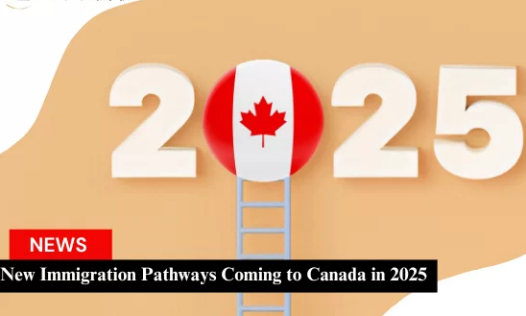Payment is being processed. Please do not refresh or close this page until your payment is complete.
 Book an Appointment
Book an Appointment

Canada's 2025 immigration policy introduces significant changes for international students, aiming to balance educational opportunities with national economic and social priorities. Here's an overview of the key updates:
Study Permit Caps and Requirements
• Reduced Study Permits: The number of study permits is capped at 437,000 for 2025, a 10% decrease from 2024, to alleviate housing and service pressures.
• Inclusion of Graduate Students: Master’s and PhD students are now included in the cap and must provide a Provincial Attestation Letter (PAL) with their applications.
• Increased Financial Requirements: Applicants must demonstrate access to at least CAD 20,635, up from the previous CAD 10,000, to meet the cost-of-living criteria.
Post-Graduation Work Permit (PGWP) Changes
• Field of Study Restrictions: PGWP eligibility is now limited to graduates in high-demand sectors such as healthcare, STEM, and skilled trades.
• Language Proficiency Requirements: University graduates must achieve a Canadian Language Benchmark (CLB) level of 7, while college graduates require a CLB level of 5
• Application Process Update: "Flagpoling" (applying for PGWP at border entry points) is no longer permitted; applications must be submitted online or through authorized immigration offices within Canada.
• Spousal Work Permit Adjustments
• Eligibility Constraints: Spouses of international students are now eligible for open work permits only if the student is enrolled in specific professional degree programs, such as medicine, law, or engineering.
• Work Opportunities for Students
• Increased Off-Campus Work Hours: International students can now work up to 24 hours per week off-campus during academic sessions, an increase from the previous 20-hour limit.
Immigration Pathways and Residency
• Focus on In-Canada Transitions: Canada plans to facilitate the transition of temporary residents, including international students, to permanent residency, with a target of over 40% of new permanent residents coming from within Canada in 2025.
These policy changes reflect Canada's efforts to align its immigration system with labor market needs and infrastructure capacities. Prospective international students should carefully consider these updates when planning their educational and career paths in Canada.